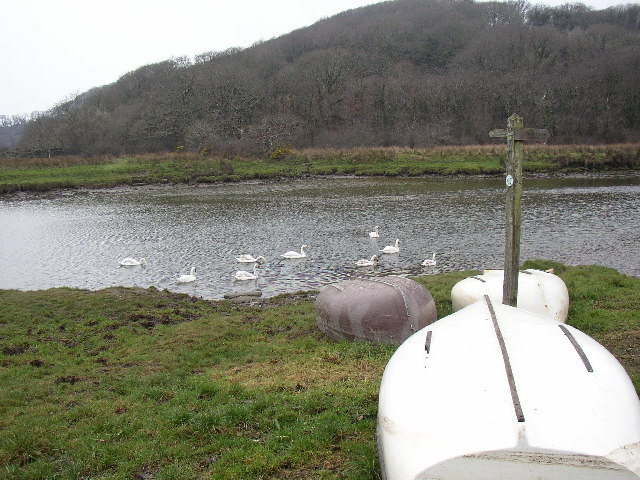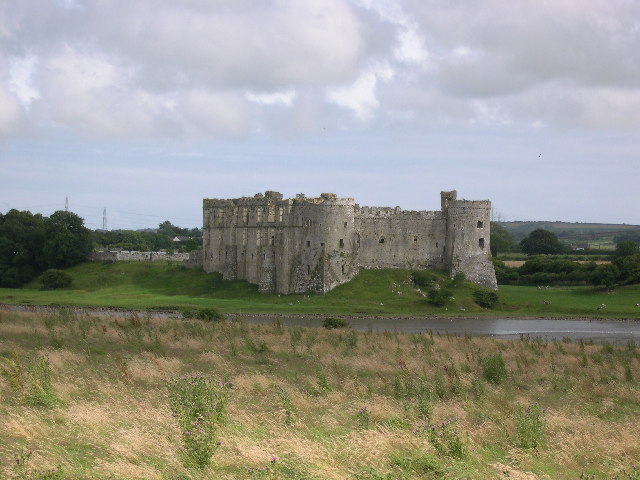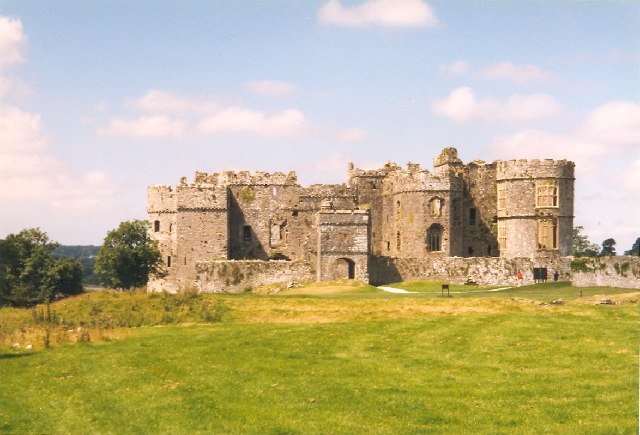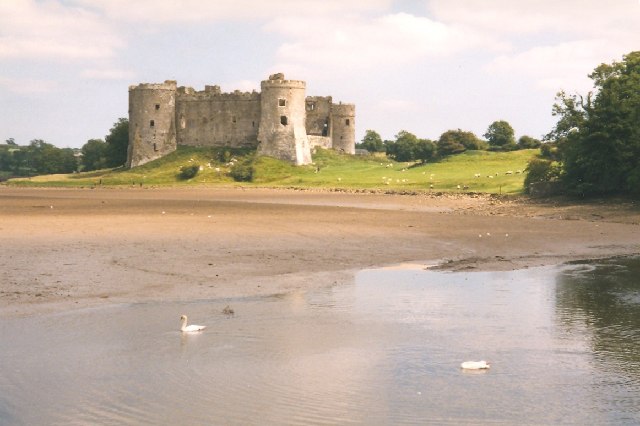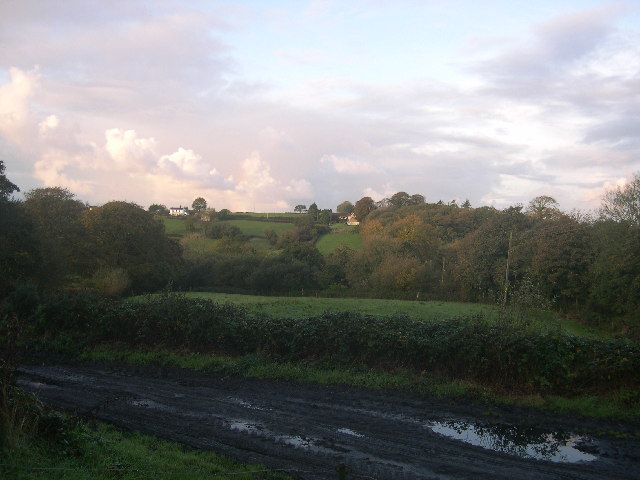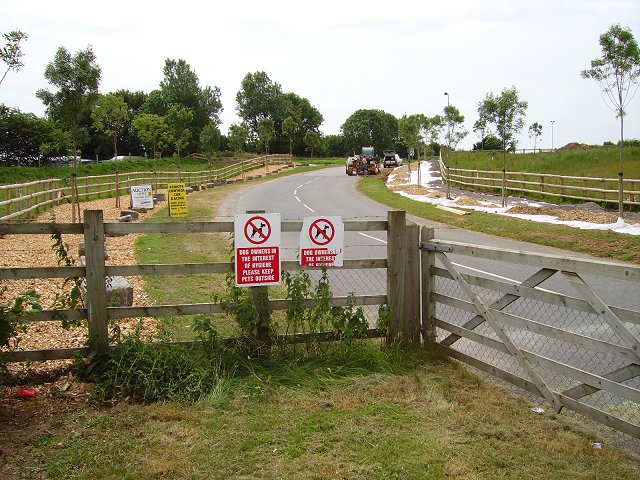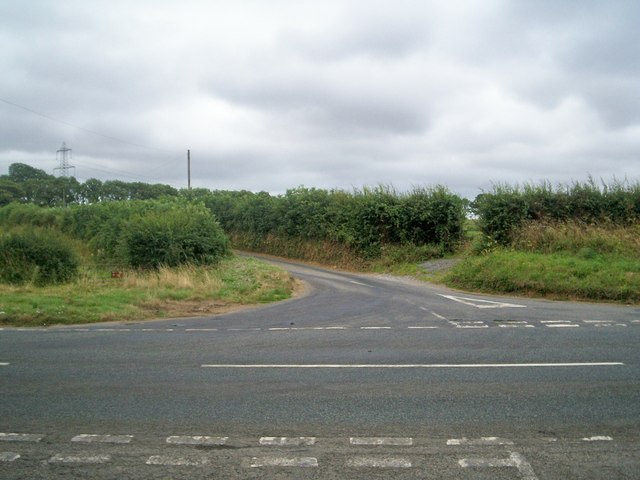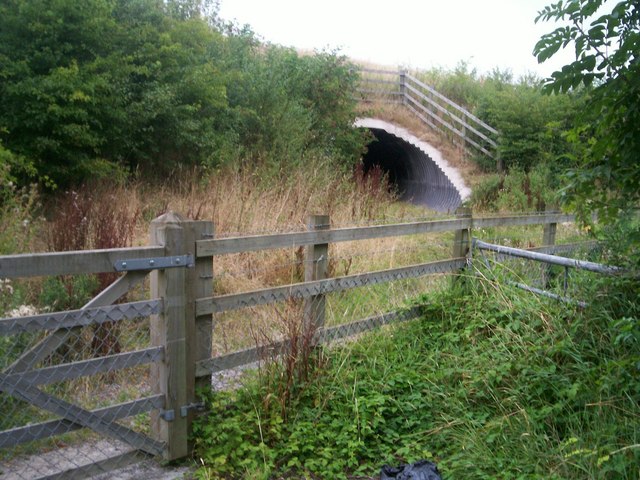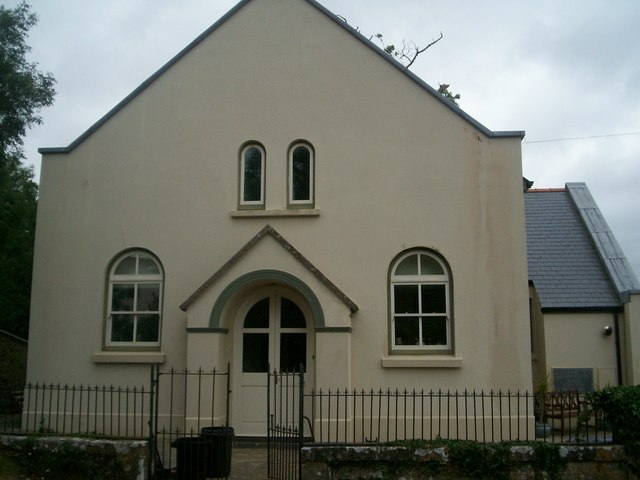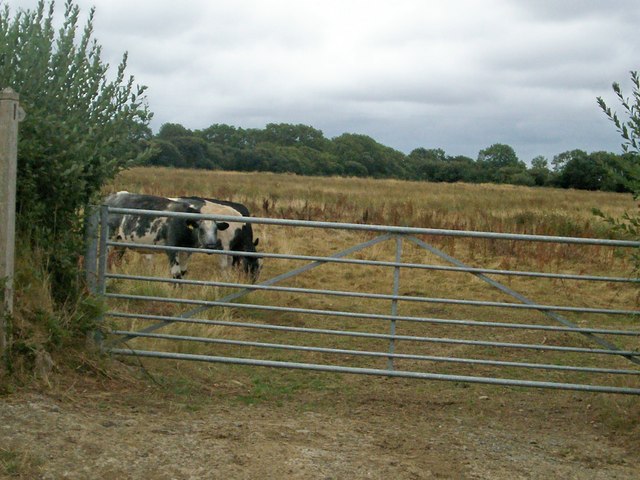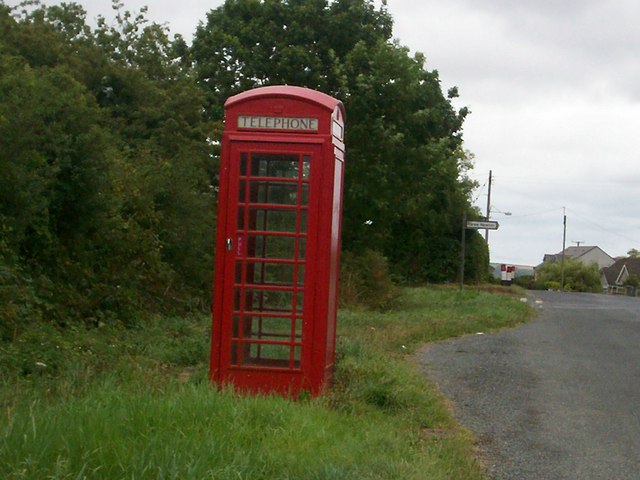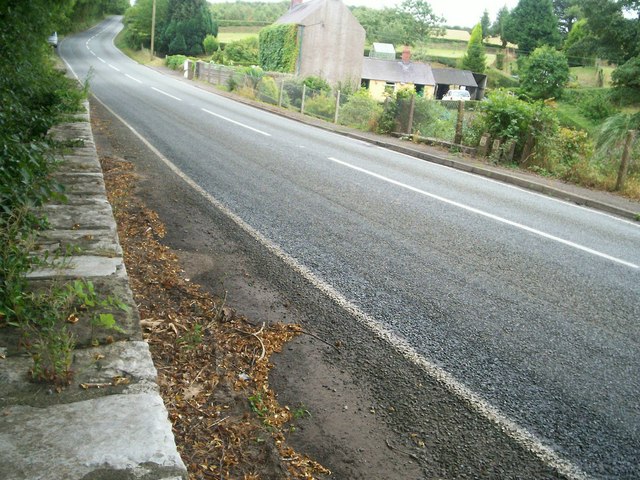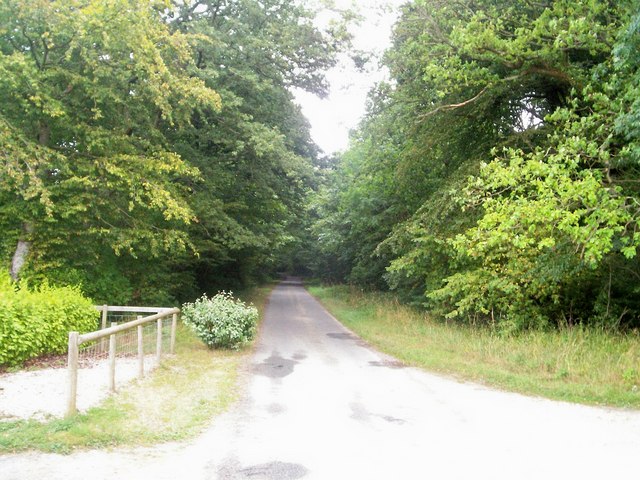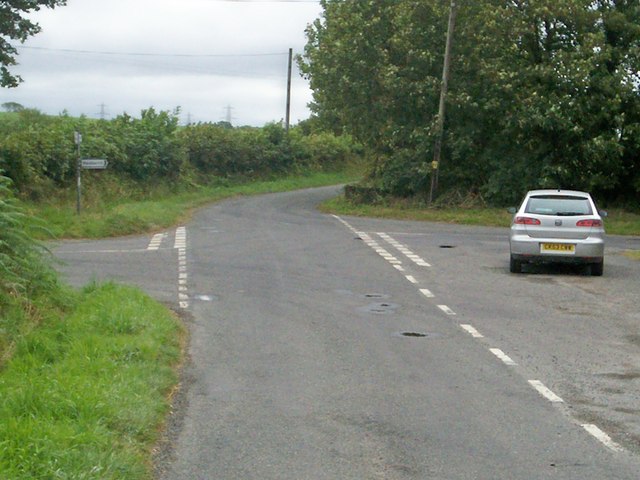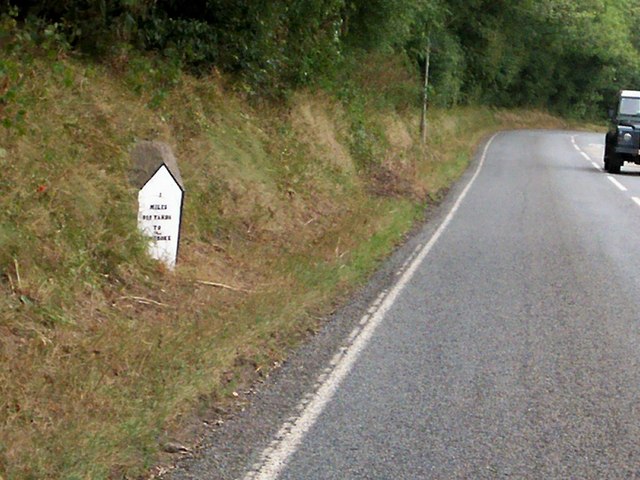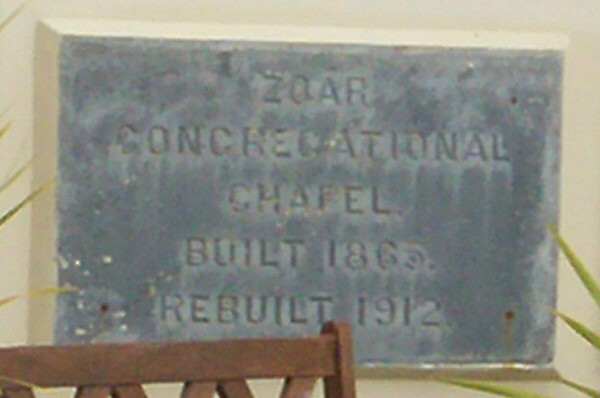Park Wood
Wood, Forest in Pembrokeshire
Wales
Park Wood
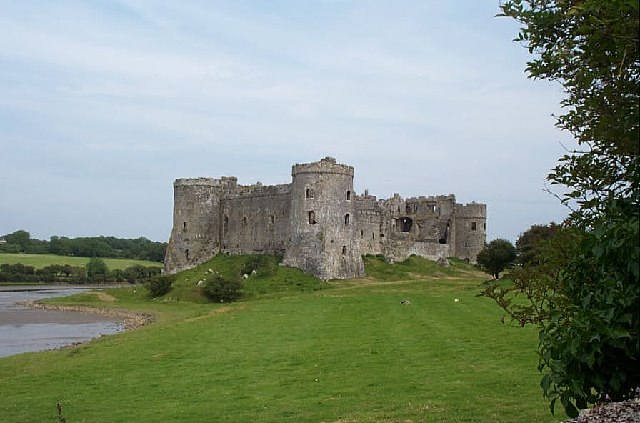
Park Wood is a picturesque forest located in Pembrokeshire, Wales. Covering an extensive area of lush greenery, this wood is a sanctuary for nature lovers and outdoor enthusiasts. The wood is characterized by a diverse array of tree species, including oak, ash, beech, and birch, which create a captivating and vibrant atmosphere throughout the year.
The forest offers a variety of walking trails that cater to different levels of difficulty and lengths, allowing visitors to explore its beauty at their own pace. These trails meander through the wood, offering stunning views of the surrounding countryside and glimpses of wildlife that call this place home. Birdwatchers will be delighted to spot species such as woodpeckers, owls, and thrushes, while the lucky observer may even catch a glimpse of deer or foxes.
Park Wood is not only a natural haven but also holds historical significance. It was once part of an ancient hunting ground and has remnants of prehistoric settlements, including a hillfort nearby. These archaeological features add an extra layer of intrigue and fascination to the woodland.
For those seeking tranquility and a break from the bustling city life, Park Wood is the perfect destination. It offers a peaceful retreat where visitors can immerse themselves in the beauty of nature, breathe in the fresh air, and enjoy the serenity that only a wood of this magnitude can provide.
If you have any feedback on the listing, please let us know in the comments section below.
Park Wood Images
Images are sourced within 2km of 51.706723/-4.8092895 or Grid Reference SN0504. Thanks to Geograph Open Source API. All images are credited.

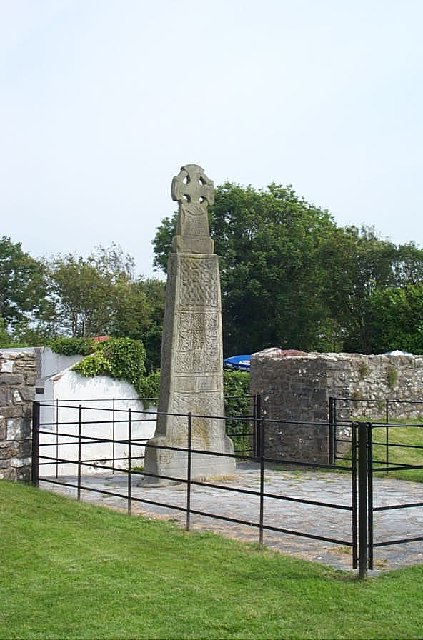
Park Wood is located at Grid Ref: SN0504 (Lat: 51.706723, Lng: -4.8092895)
Unitary Authority: Pembrokeshire
Police Authority: Dyfed Powys
What 3 Words
///indicate.simmer.deposits. Near Jeffreyston, Pembrokeshire
Nearby Locations
Related Wikis
Carew Cross
Carew Cross (Welsh: Croes Caeriw) is an 11th-century Grade I listed monument in the village of Carew, Pembrokeshire, Wales. == Description == The cross...
Cresselly Cricket Club Ground
Cresselly Cricket Club Ground is a cricket ground in Cresselly, Pembrokeshire. The first recorded match on the ground was in 1979, when Welsh Schools...
Carew, Pembrokeshire
Carew (Welsh: Caeriw) is a village, parish and community on an inlet of Milford Haven in the former Hundred of Narberth, Pembrokeshire, West Wales, 4 miles...
Carew Castle
Carew Castle (Welsh: Castell Caeriw) is a castle in the civil parish of Carew in Pembrokeshire, Wales. The Carew family take their name from this site...
Have you been to Park Wood?
Leave your review of Park Wood below (or comments, questions and feedback).
